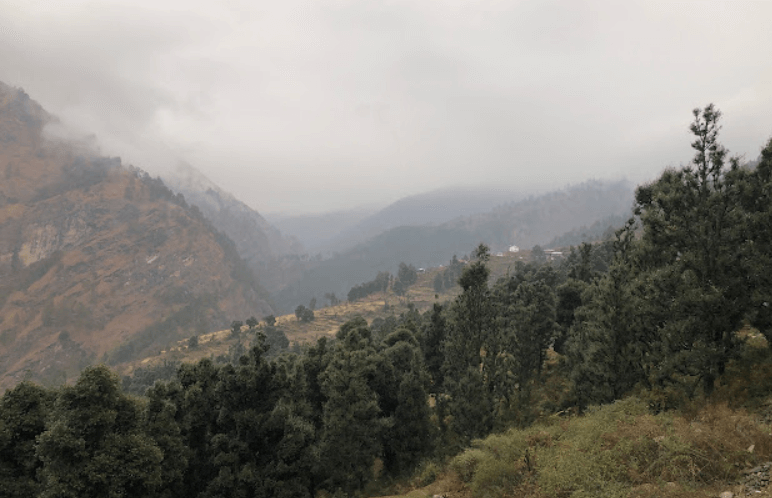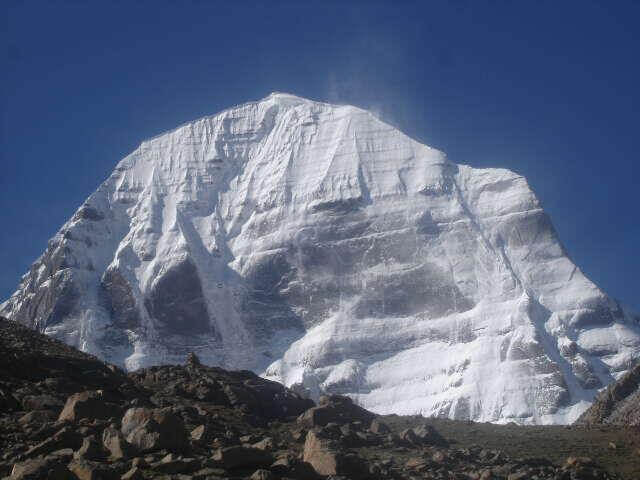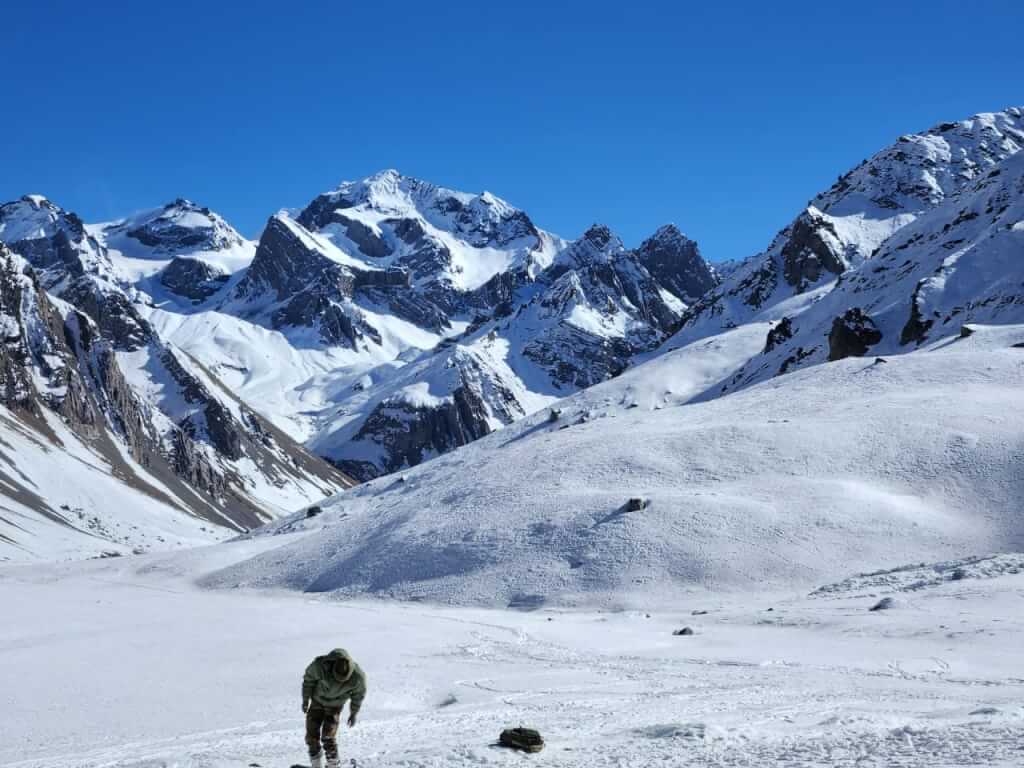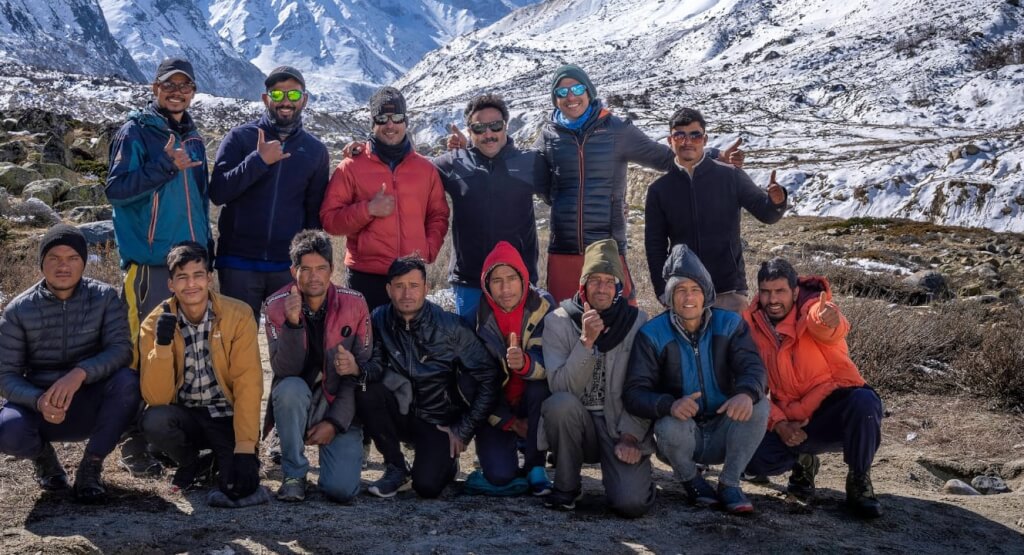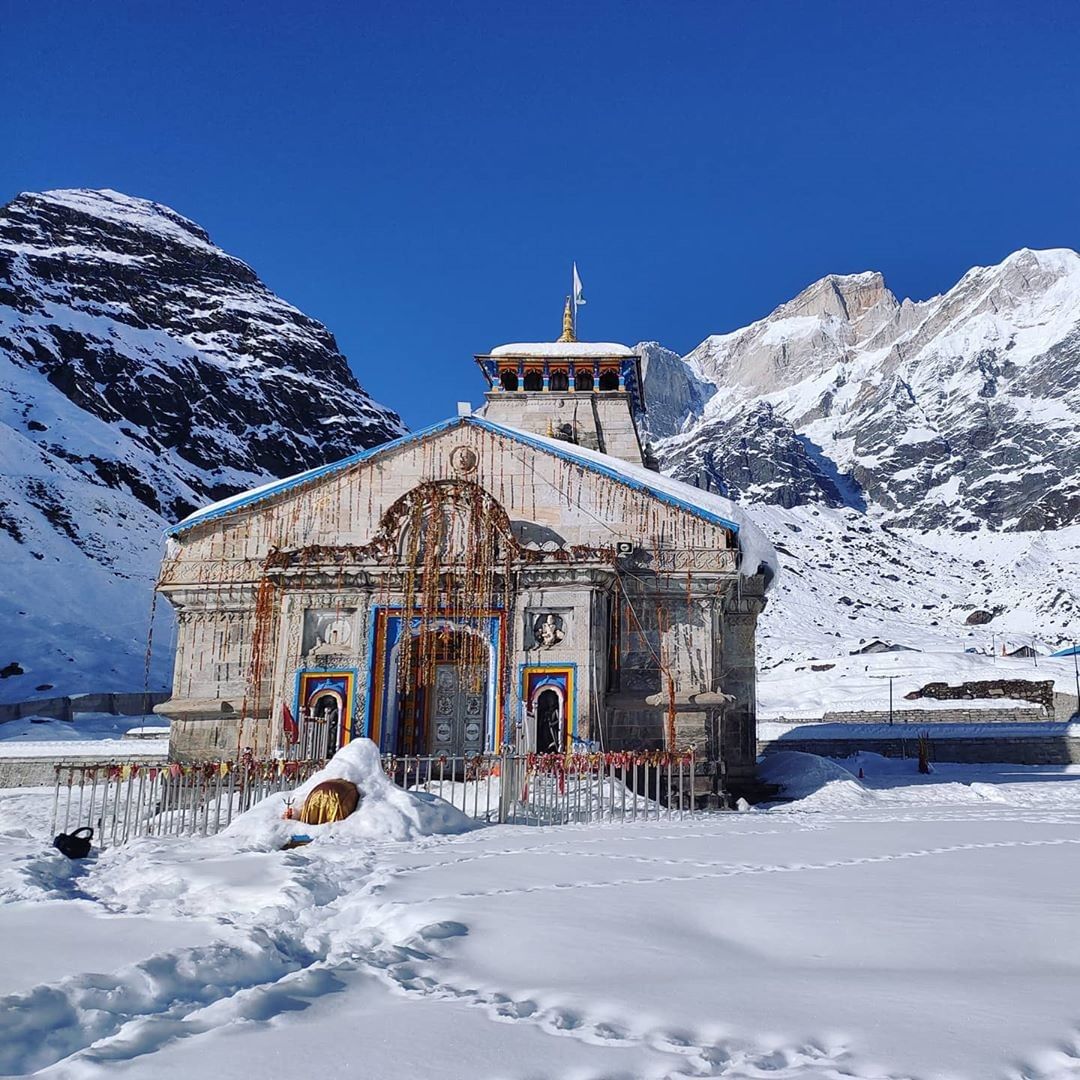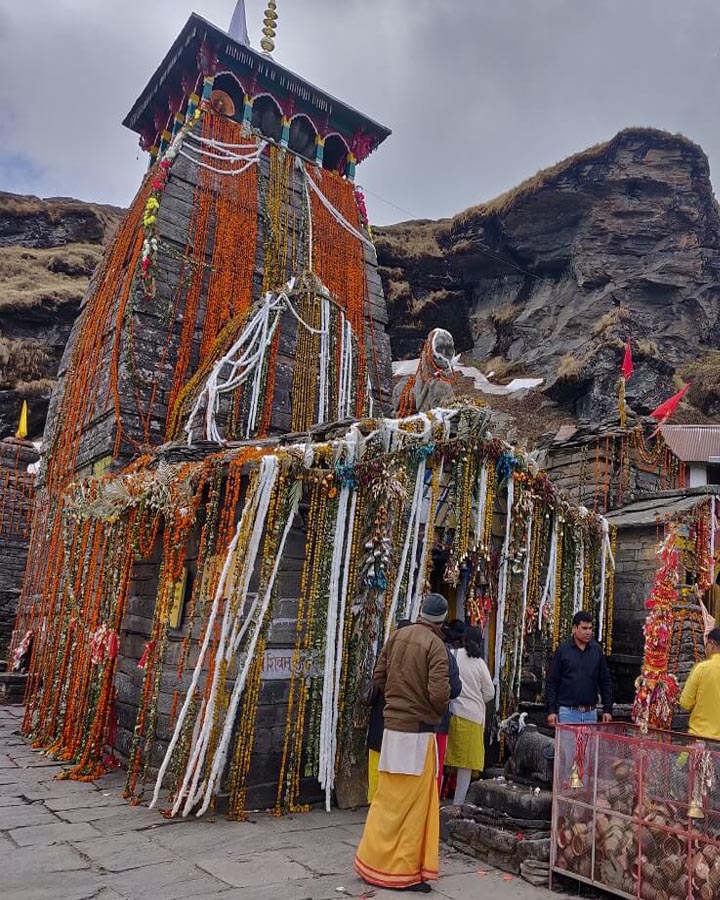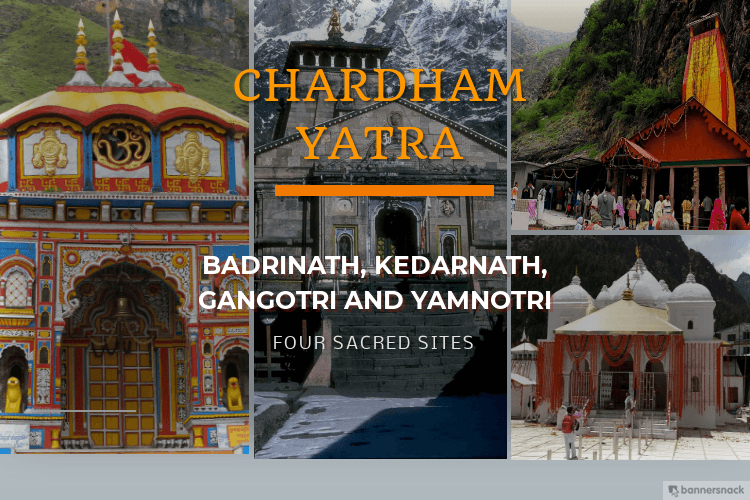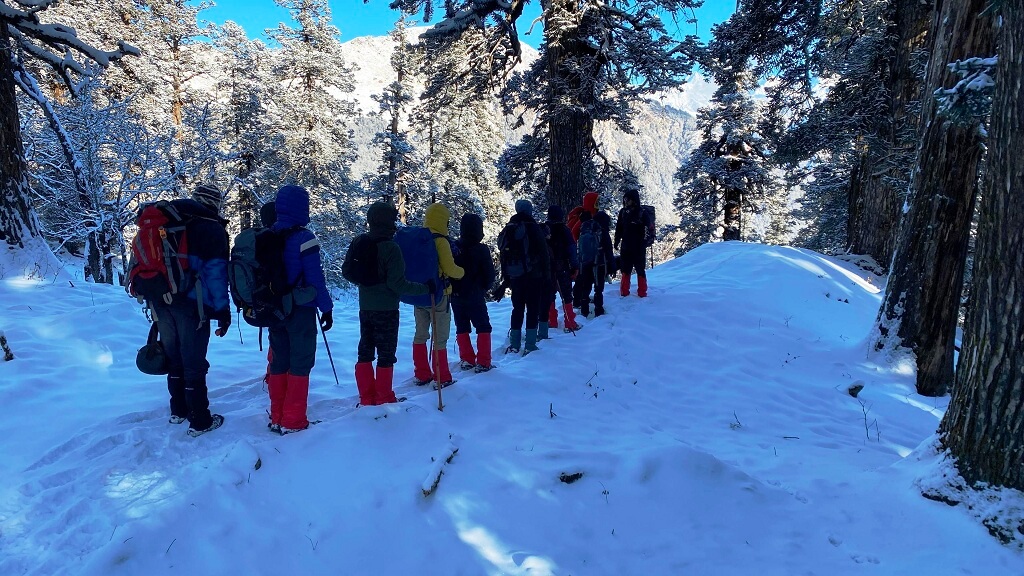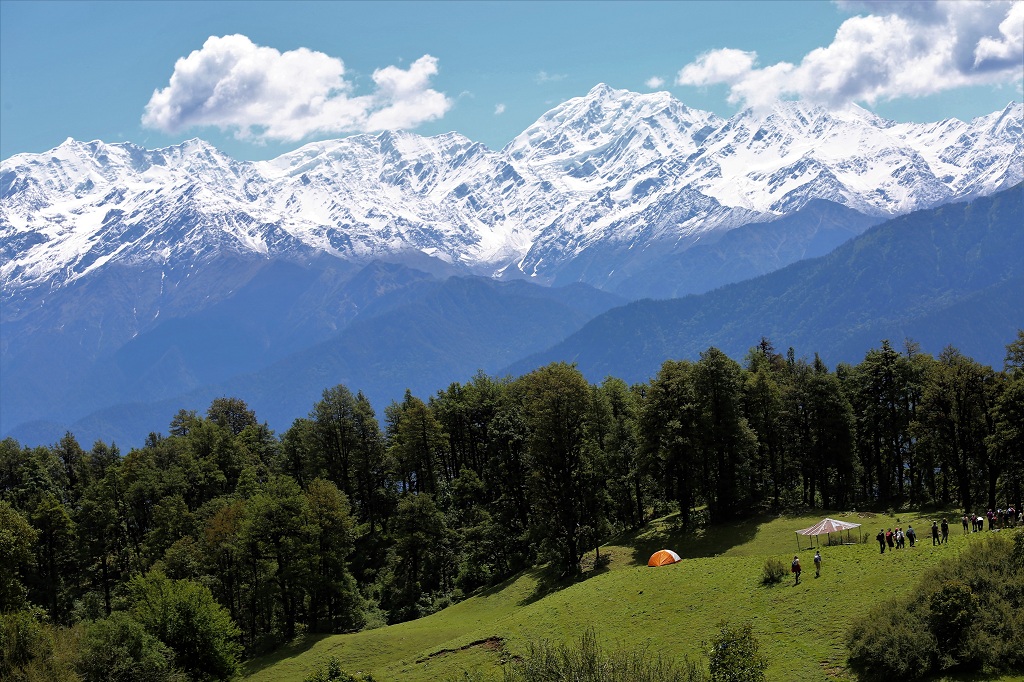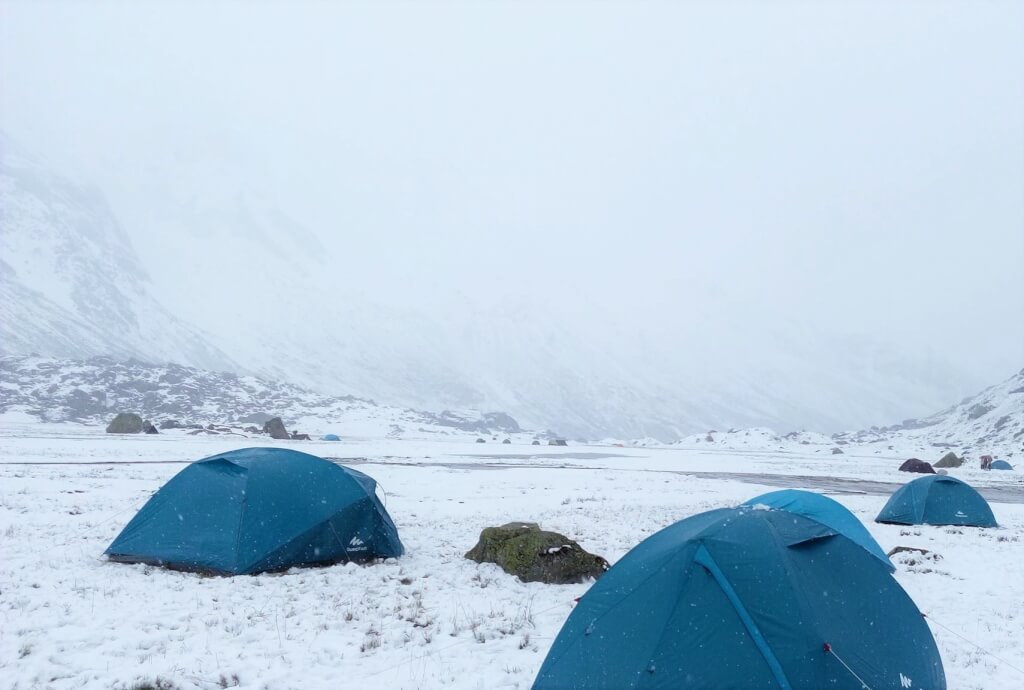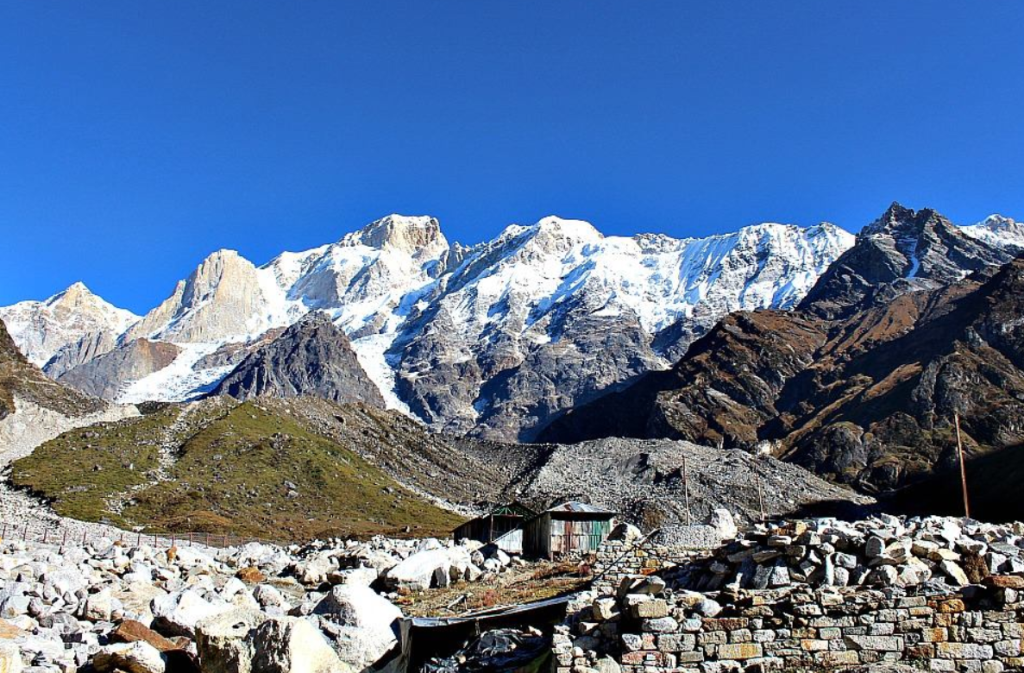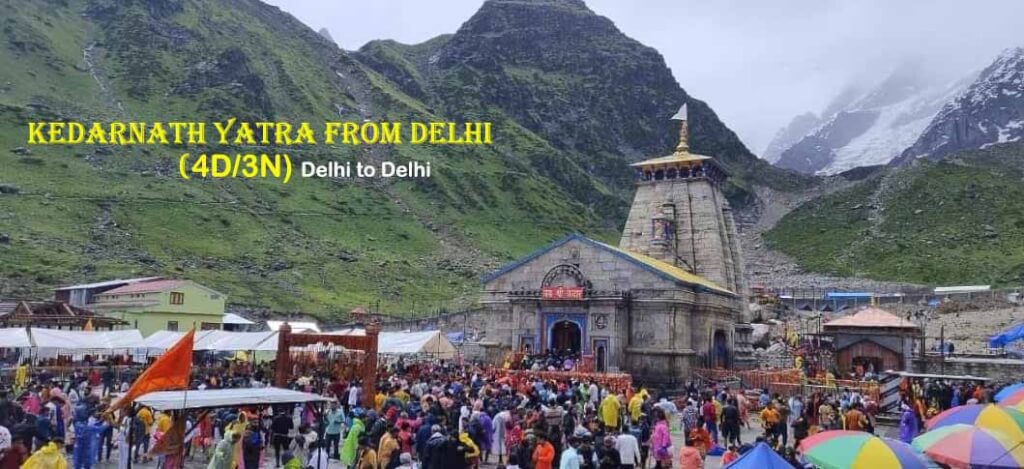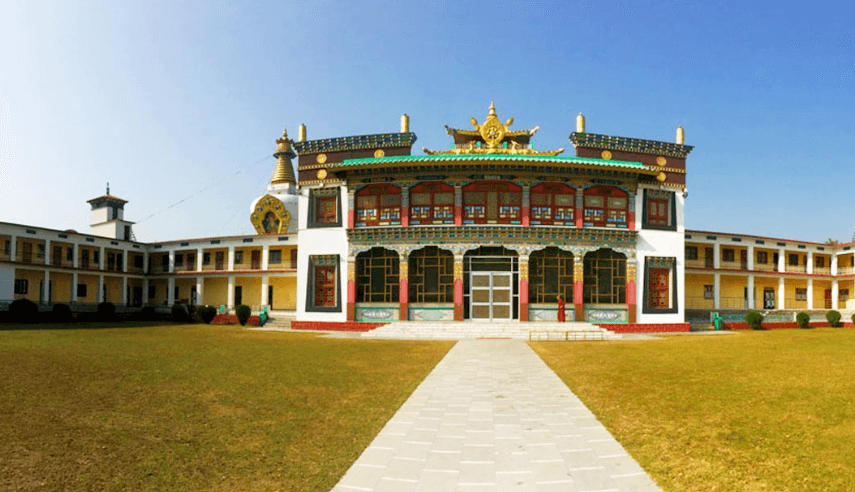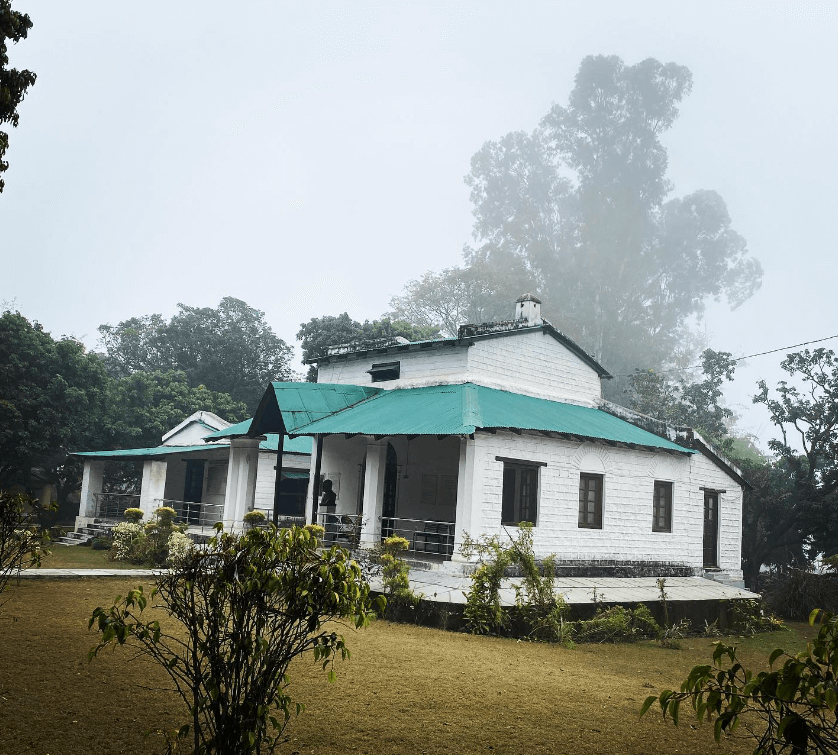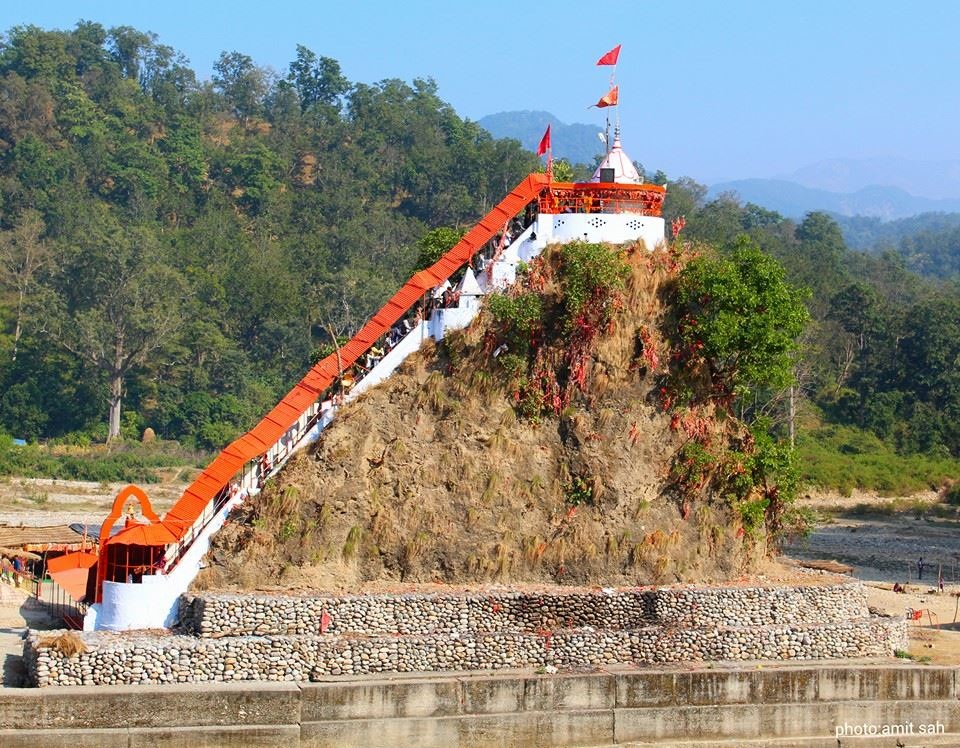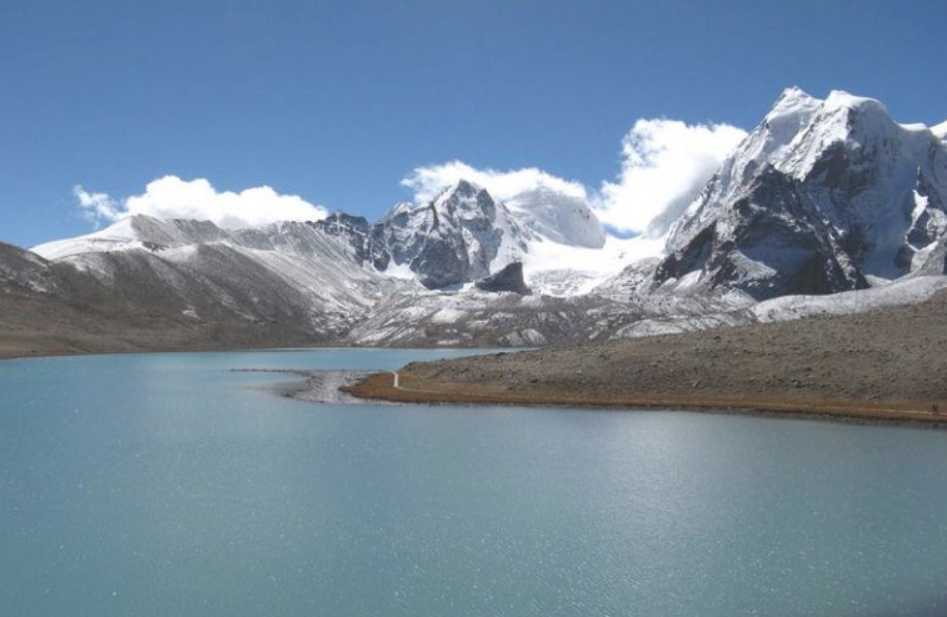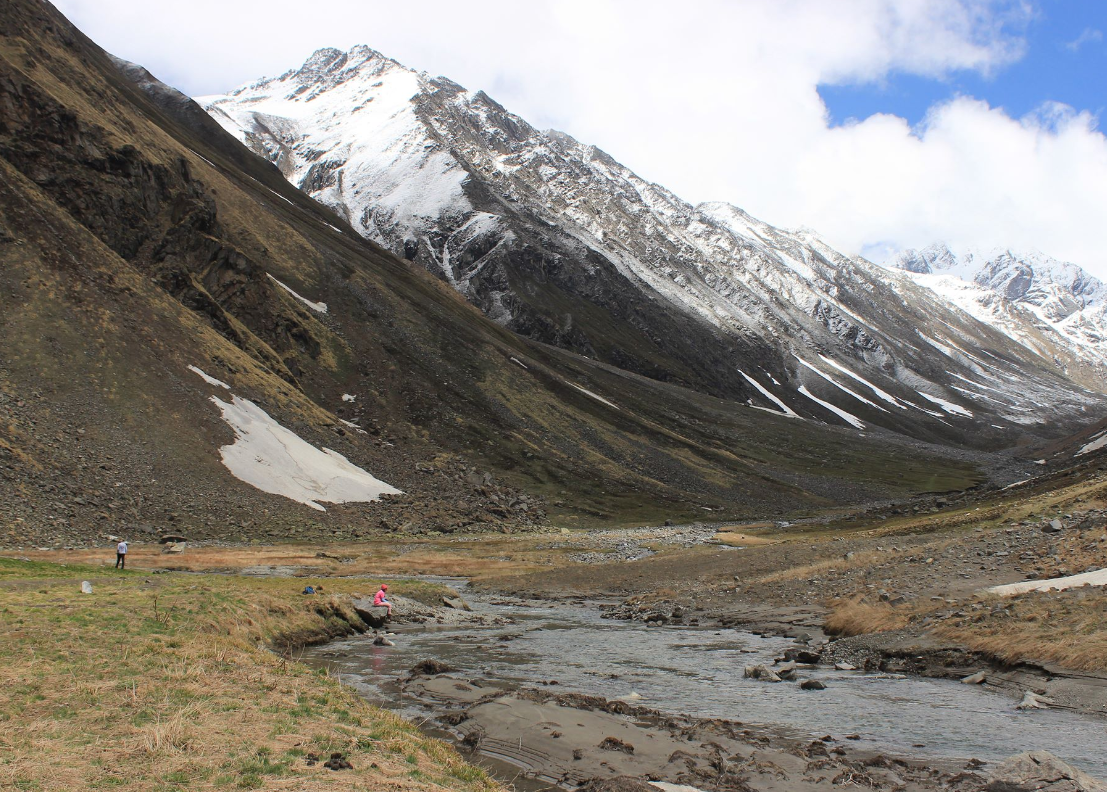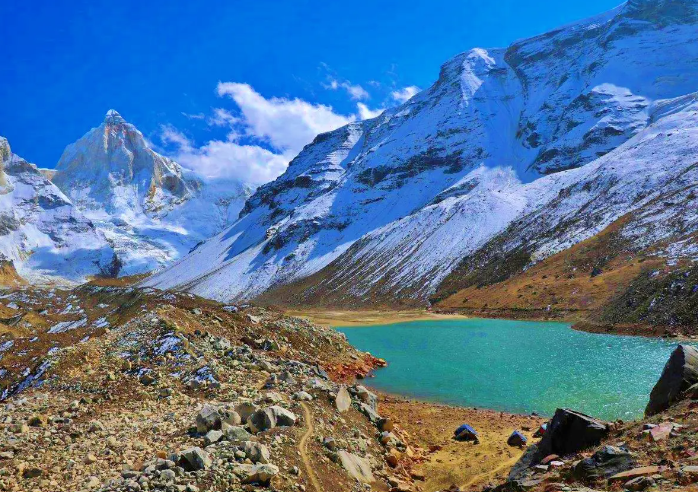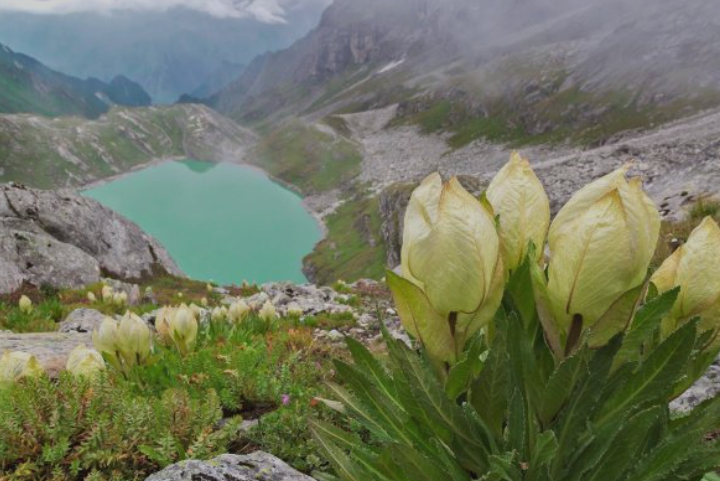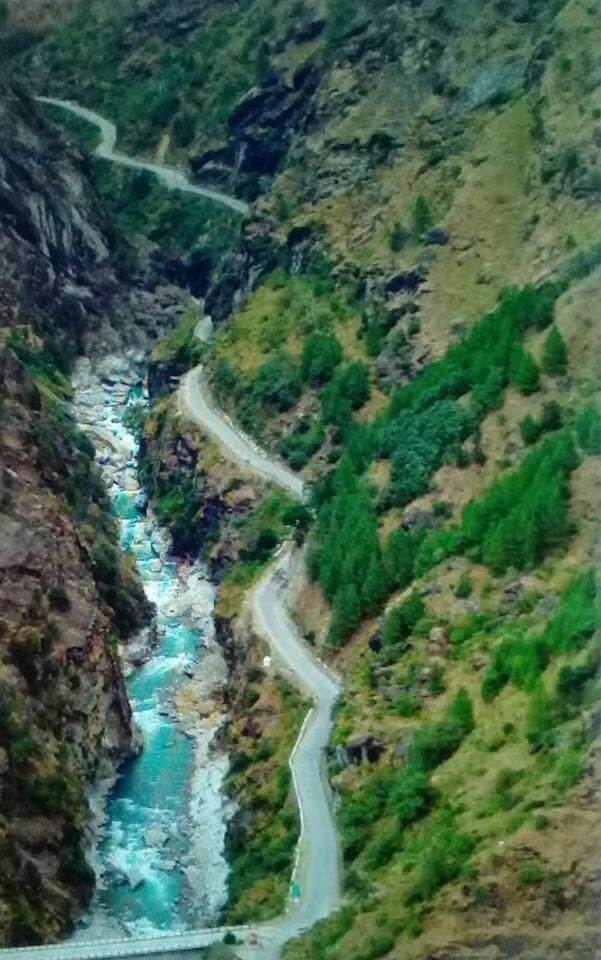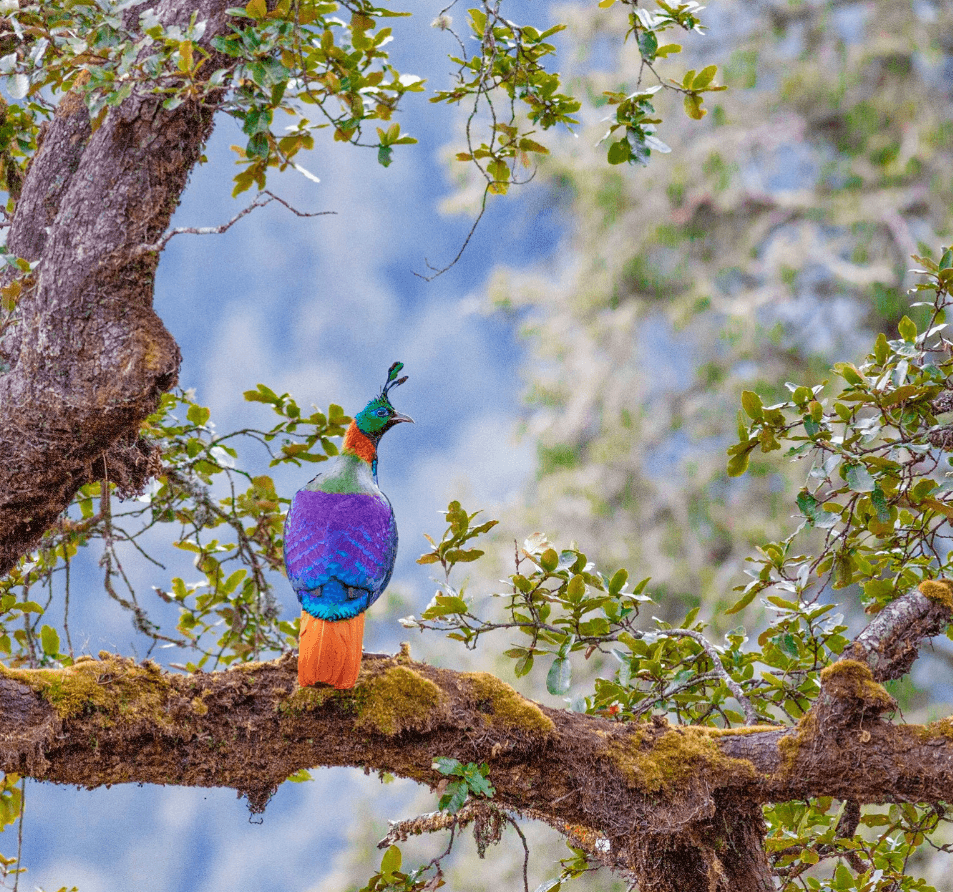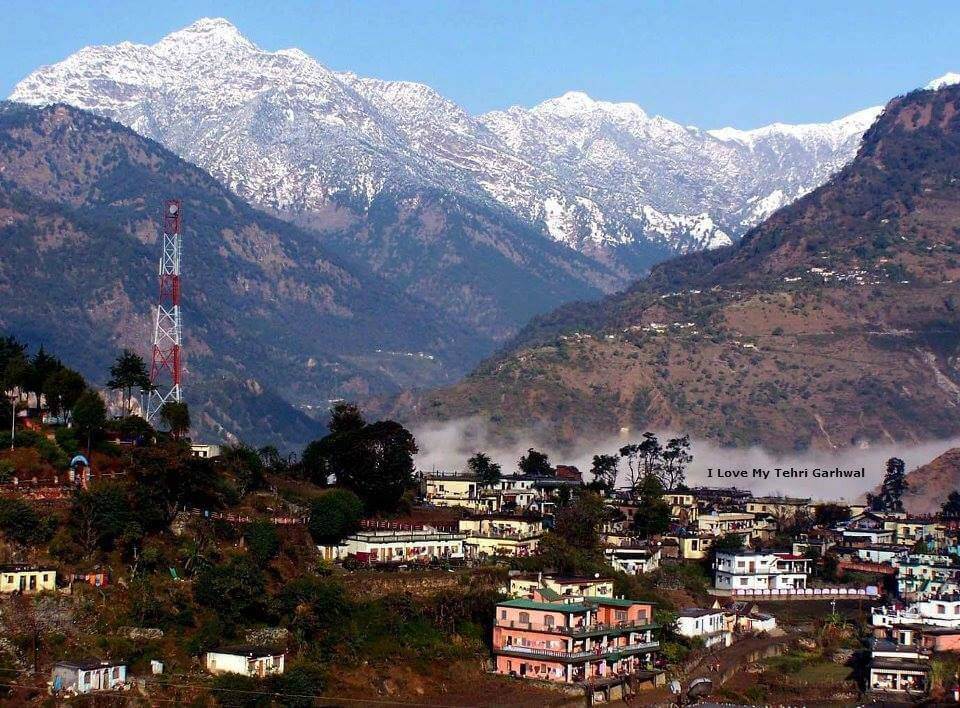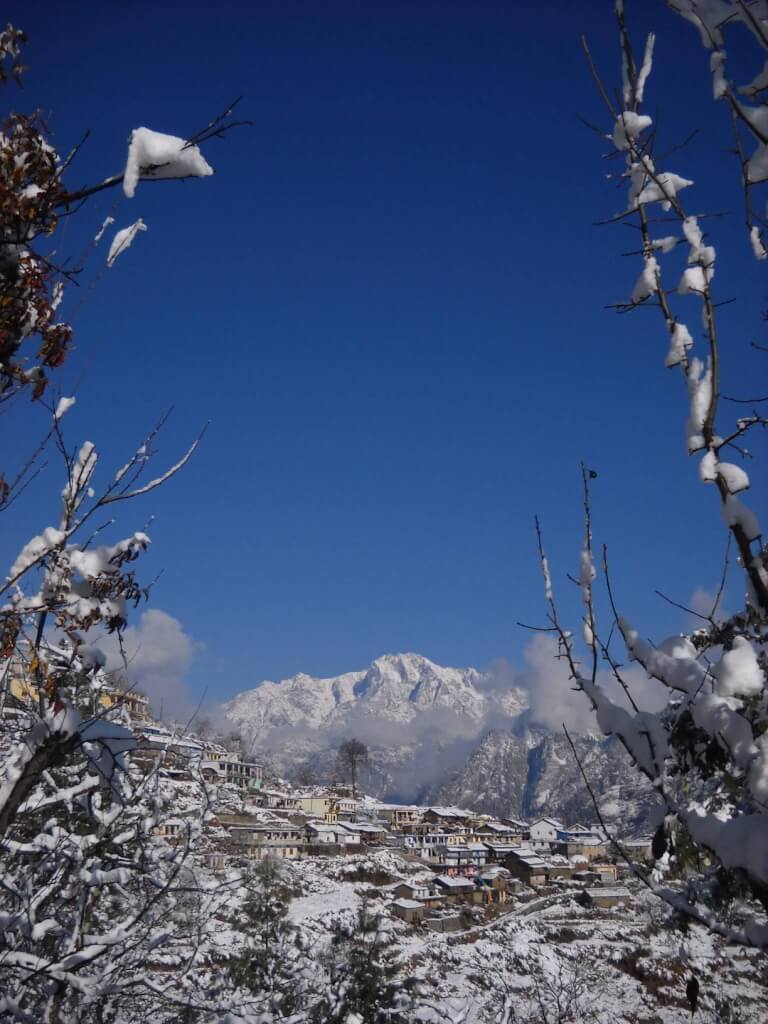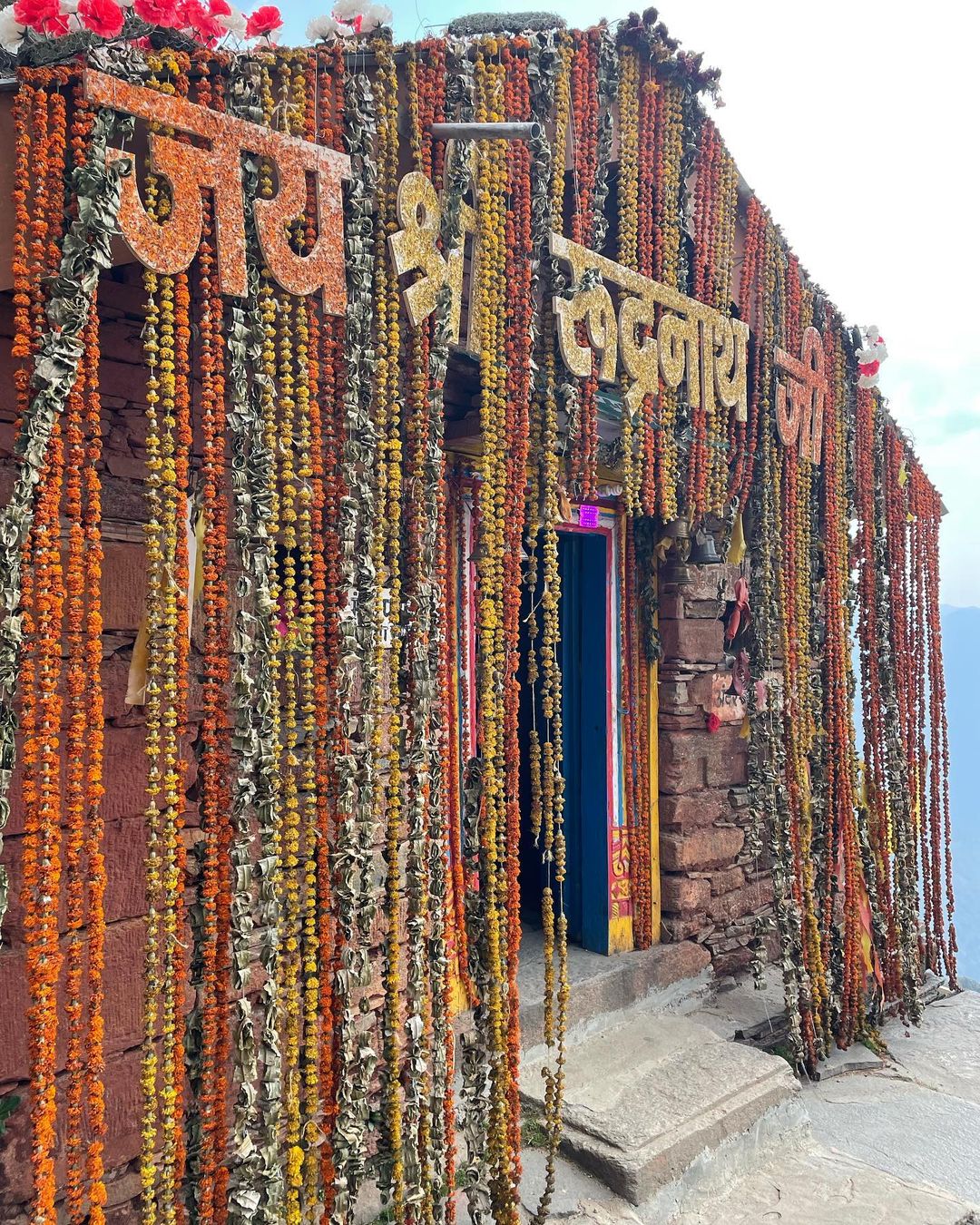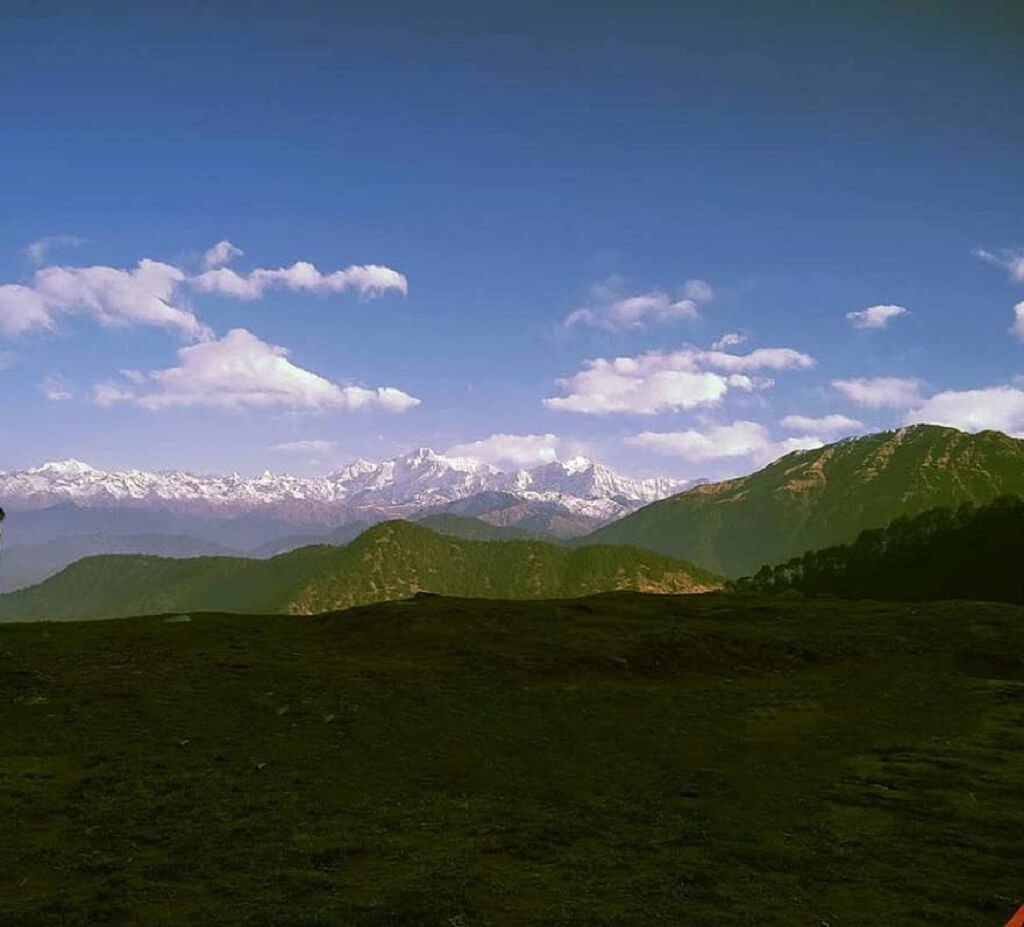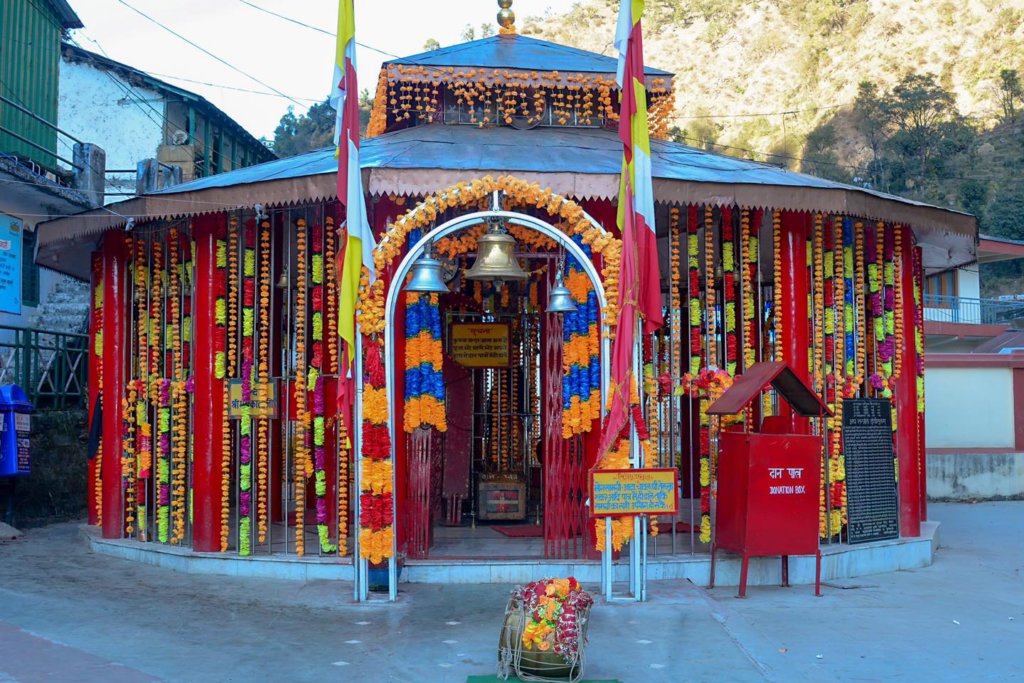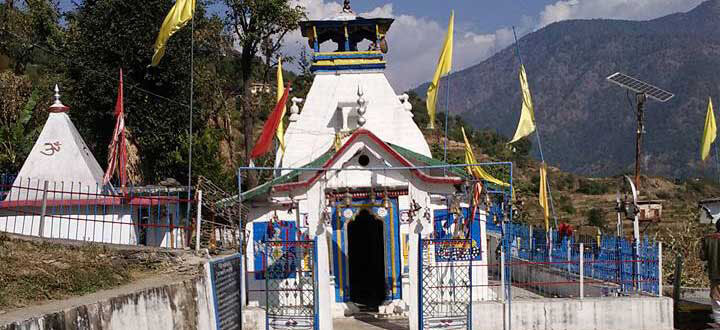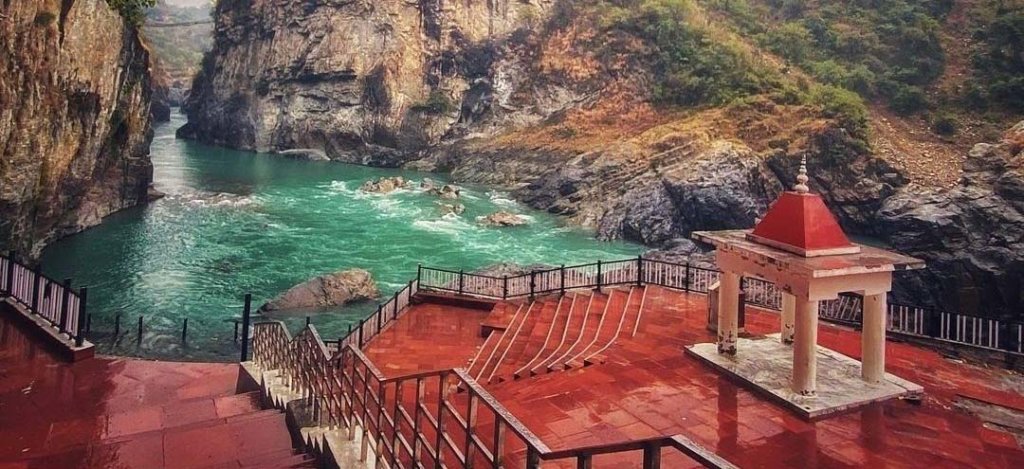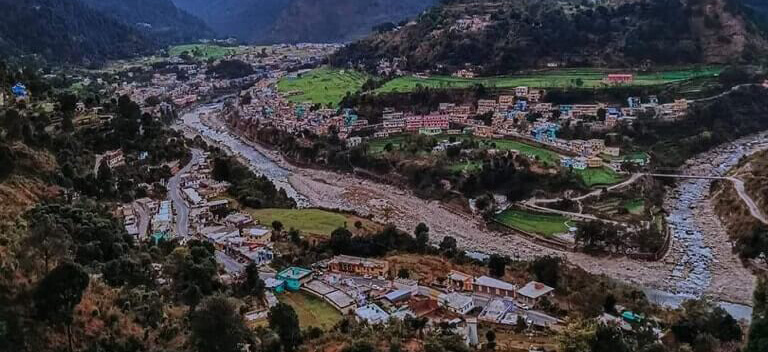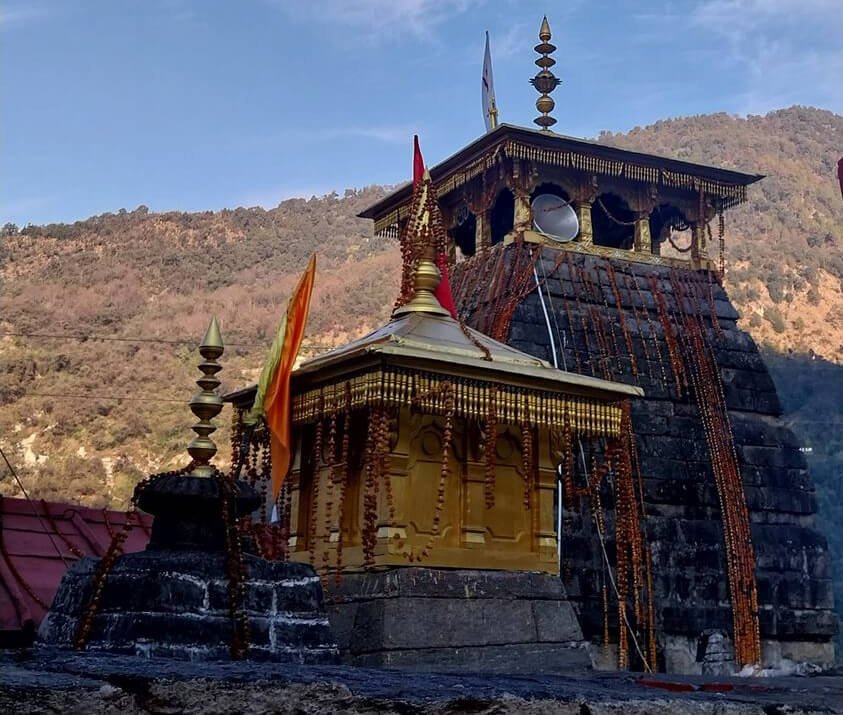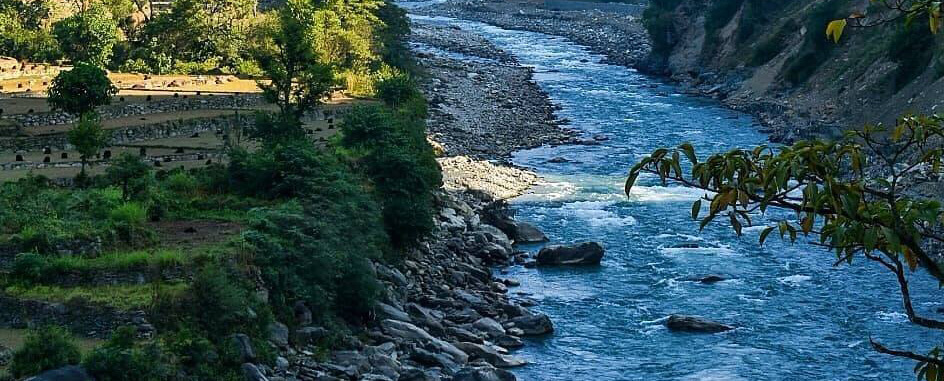- Where is Chopta located?
Chopta is a serene and picturesque hill station located in the Rudraprayag district of the Indian state of Uttarakhand. Situated at an altitude of around 2,680 meters (8,790 feet) above sea level.
2. What is Chopta famous for?
Chopta is famous for its stunning vistas of the Himalayan peaks, lush green meadows, and as a starting point for treks to Tungnath and Chandrashila.
3. What is the best time to visit Chopta?
The best time to visit Chopta is from March to June and from September to November when the weather is pleasant and the trekking routes are accessible. However, Chopta also offers mesmerizing views during the winter months when it’s covered in snow.
4. What are the accommodation options in Chopta?
Chopta offers a range of accommodation options including guesthouses, homestays, and campsites. There are also a few hotels and resorts for those seeking more comfort.
5. How to reach Chopta?
Chopta is accessible by road from major cities like Delhi, Dehradun, and Rishikesh. The nearest railway station is at Haridwar, and the nearest airport is the Jolly Grant Airport in Dehradun.
6. What are the main attractions in Chopta?
Tungnath Temple: It’s the highest Shiva temple in the world and attracts thousands of devotees and trekkers every year.
Chandrashila Peak: Located near Tungnath Temple, Chandrashila offers stunning panoramic views of the Himalayas, including peaks like Nanda Devi, Trishul, Chaukhamba, and Kedar Dome.
Deoria Tal: The reflection of the surrounding peaks in the crystal-clear water of the lake is truly mesmerizing.
Kanchula Korak Musk Deer Sanctuary: This sanctuary, located near Chopta, is home to various species of flora and fauna, including the endangered musk deer. It’s a great place for nature lovers and wildlife enthusiasts.
Chopta Meadows: The picturesque meadows of Chopta offer breathtaking views of the surrounding mountains and are perfect for relaxing, picnicking, and enjoying the natural beauty.
7. What are the trekking options in Chopta?
The most popular trek from Chopta is the trek to Tungnath Temple, which is about 3.5 kilometers from Chopta. From Tungnath, you can continue further to Chandrashila Peak for stunning panoramic views of the Himalayas.
8. What are the activities to do in Chopta other than trekking?
Besides trekking, visitors can enjoy birdwatching, photography, and nature walks amidst the serene surroundings of Chopta. Camping is also a popular activity for adventure enthusiasts.
9. Is Chopta suitable for family trips?
Chopta is indeed suitable for family trips, especially for families who enjoy nature and outdoor activities.
10. What should I pack when visiting Chopta?
Warm clothing, especially if visiting during the winter months.
Comfortable trekking shoes.
Rain gear (if traveling during the monsoon season).
Basic medical kit and personal medications.
Essentials like sunscreen, sunglasses, and a hat.
Adi kailash Yatra Package From Kathgodam
How To Reach Sankri
Sankri is a picturesque village located in the Uttarkashi district of the Indian state of Uttarakhand. It serves as a…
Adi Kailash
Adi Kailash, also known as Chhota Kailash, is a sacred mountain located in the Indian state of Uttarakhand. Standing tall…
Adi kailash Yatra from Delhi
Yatra Overview Reporting Time & Place :- Ajmeri Gate Side at 0900 Hr Save 20% on Yatra CostRs 42,000/ (Delhi to Delhi)…
Adi Kailash Yatra KMVN
Adi Kailash & Om Parvat Yatra Trek Overview Duration: 06Nights / 07 Days …

